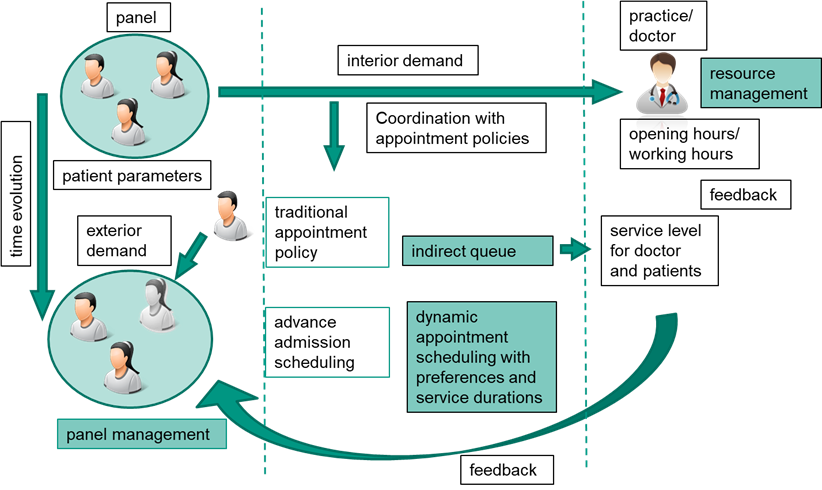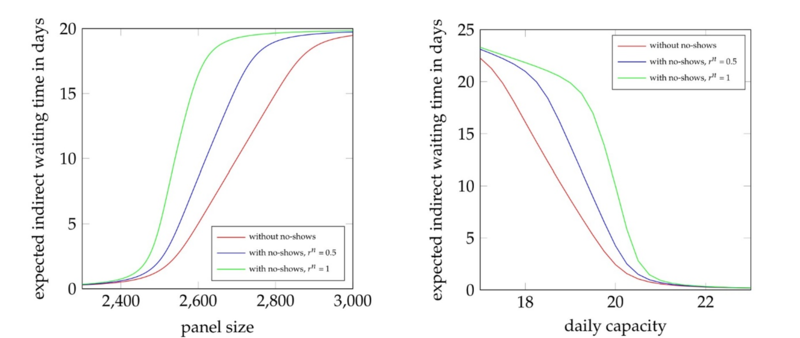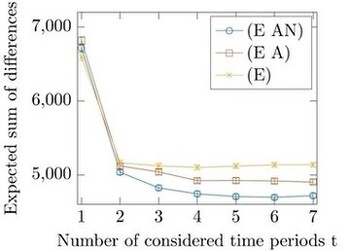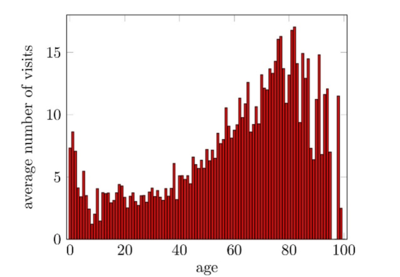|
Project duration: 01/01/2021 – 12/31/2022
Project partner: Institute for rescue and emergency medicine at the university hospital Schleswig-Holstein
Funding: Federal ministry of health
Contact person at the Health Care Lab: David Olave (david.olave∂kit.edu), Sven Watzinger (sven.watzinger∂kit.edu)
The panel of experts for Intensive Care, Infectious Diseases, and Emergency Medicine (COVRIIN) supports and advises the Robert Koch Institute on overarching issues in managing COVID-19 cases. The panel's work also includes support for nationwide COVID-19 patient transports in the case of regional hospital overload situations. The project SCATTER, which is funded by the Federal Ministry of Health, aims to develop a computer-based simulation to provide recommendations and decision-making support for such transports. The Health Care Lab is developing the simulation in cooperation with the Institute for Rescue and Emergency Medicine (IRUN) of the University Hospital Schleswig-Holstein (Link).
In the first step, a so-called concept model is created through workshops and exchanges with process experts. The concept model describes in graphic or textual form the elements and processes that are to be modeled in the simulation. This is concretized by comparing historical transport data and the continued exchange with process experts and transferred into a parameterisable, computer-based simulation model. The available historical transport data will be analyzed, processed, and transformed into a form suitable for the simulation model to be able to represent the behavior of the actual system. After verification and validation of the simulation, for example, by comparing simulation results with the historical data, different transport strategies can be investigated experimentally with the simulation. The analysis of the simulation results allows an estimation of the expected effects of the transport strategies. System limits and performance potentials are further investigated through scenario-based analyses. In particular, the cross-border performance potential for transports from other European countries can be addressed. Finally, by implementing adaptive decision systems in the simulation, a coupling of strategies and system load can be modeled.
|







